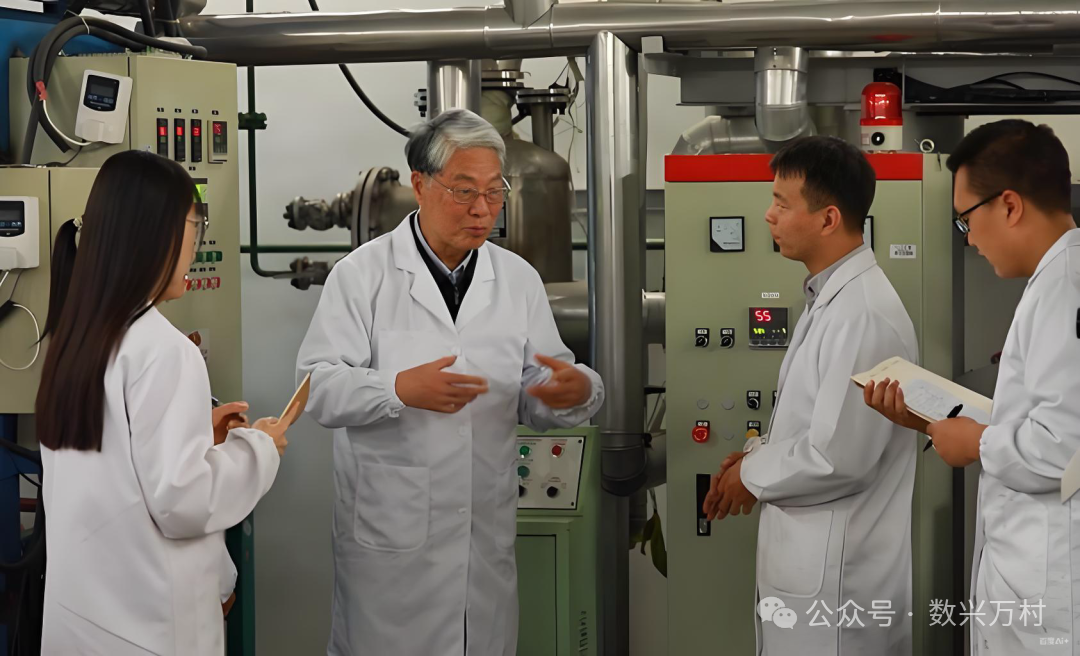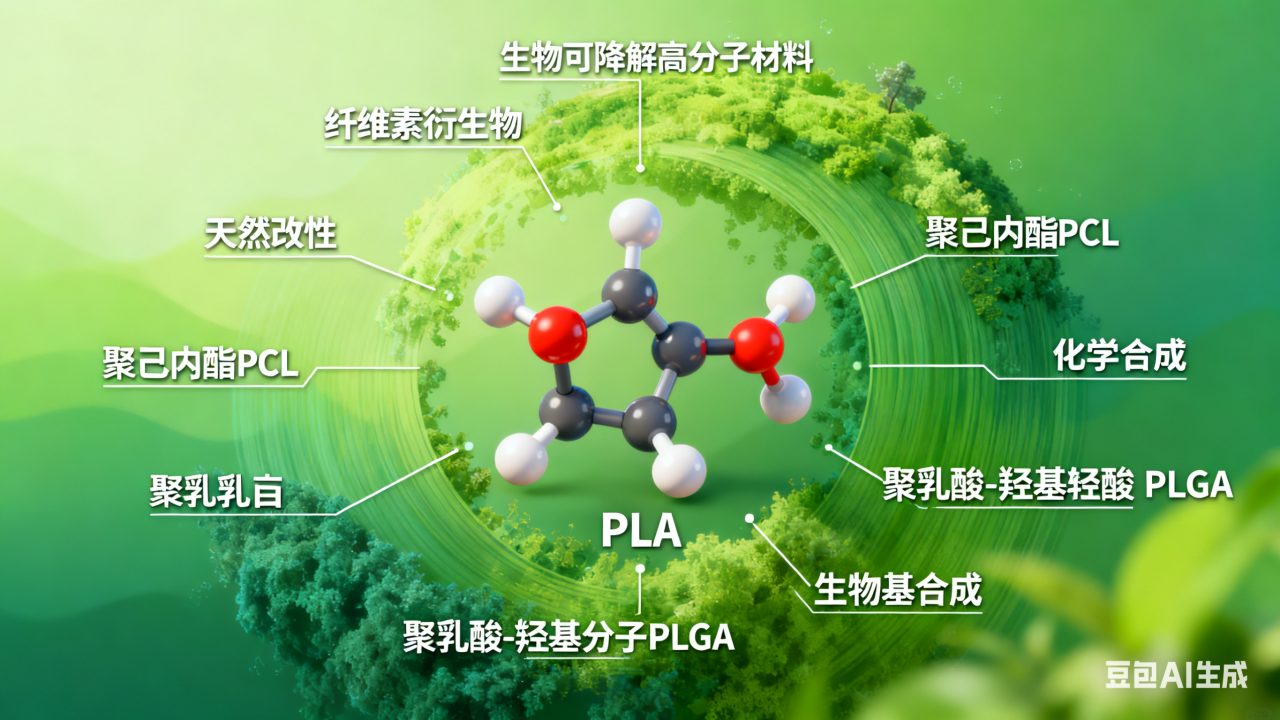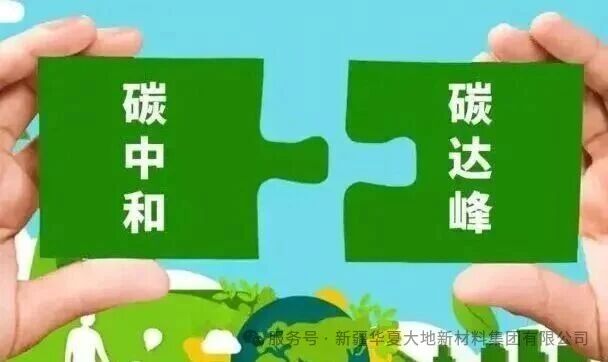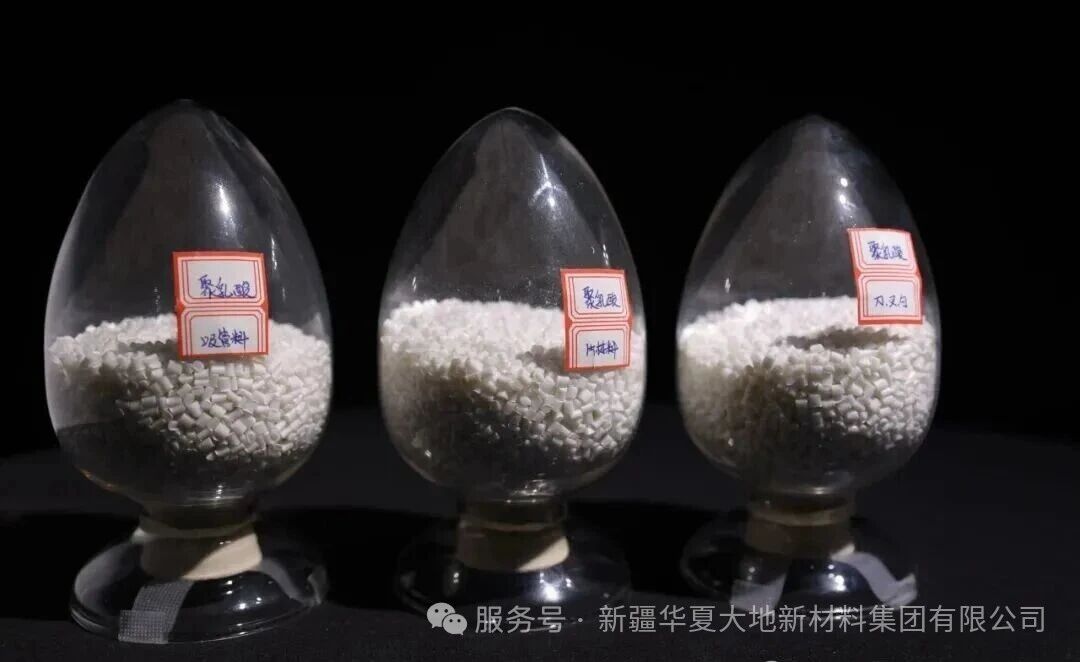I wonder if you've noticed that the straw in your hand has quietly "changed"?
It is no longer the traditional plastic straw that is easily crushed when bitten and becomes soft after being left for a long time, nor is it the paper straw that spoils easily when soaked and leaves a taste when drinking hot beverages. Instead, it is a "new type of straw" with a firmer texture and a slightly frosted finish.、
This seemingly unremarkable small tube is actually a new "star" in the environmental protection field - the biodegradable straw. It is quietly transforming our consumption experience and becoming a new choice for brands to showcase their style.
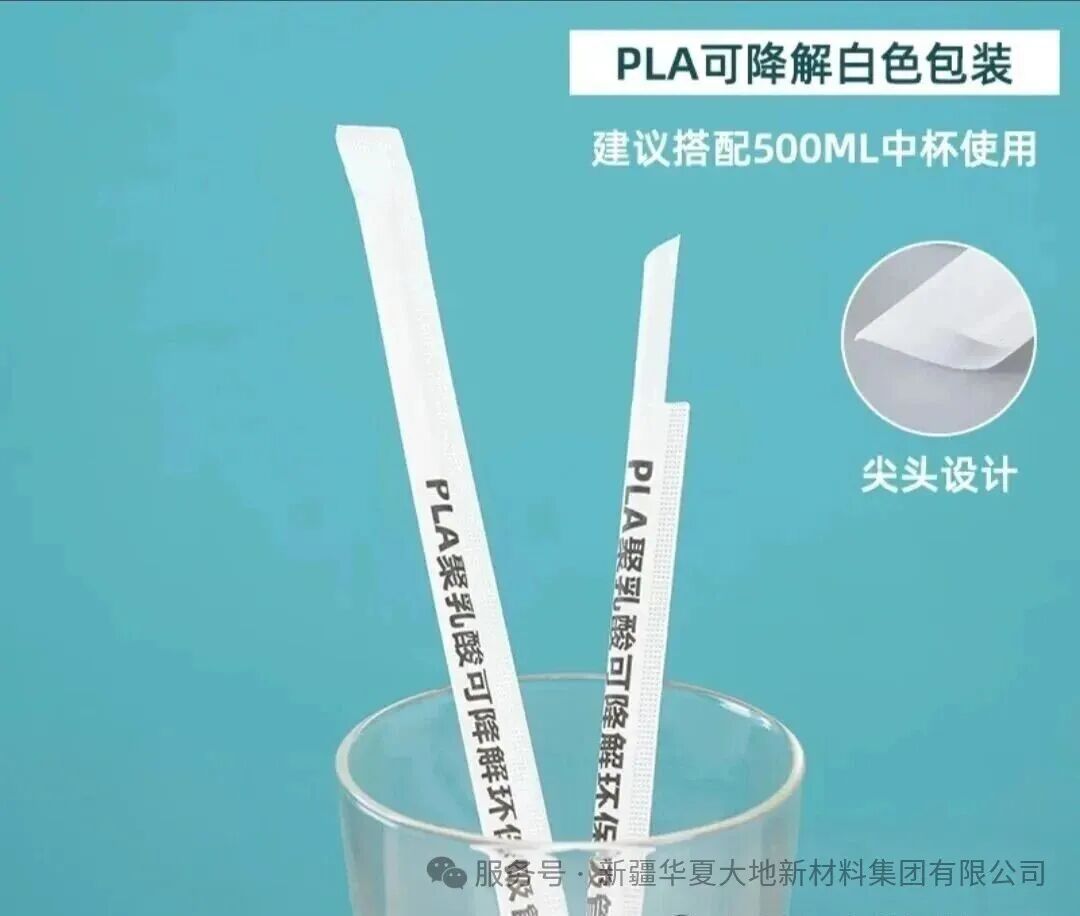
01 Why did disposable straws suddenly become popular?
Once upon a time, plastic straws dominated the market due to their durability, low cost and excellent user experience. However, as global environmental awareness has increased, the pollution problems caused by disposable plastic products have become increasingly prominent.
Data shows that every year, over 8 million tons of plastic waste enter the ocean worldwide. Among them, plastic straws, due to their small size and difficulty in recycling, have become one of the common items causing marine pollution. A "plastic straw farewell" campaign has emerged globally.
However, the alternative path is not without challenges. Although paper straws are biodegradable, their user experience is far from satisfactory: they tend to become soft easily, have a paper-like smell, and may even release harmful substances when hot beverages are consumed; stainless steel/glass straws, while environmentally friendly, are inconvenient to clean, difficult to carry, and thus hard to be widely adopted in commercial settings.
It was under this circumstance that biodegradable straws emerged and became one of the best solutions for balancing environmental protection needs with user experience.
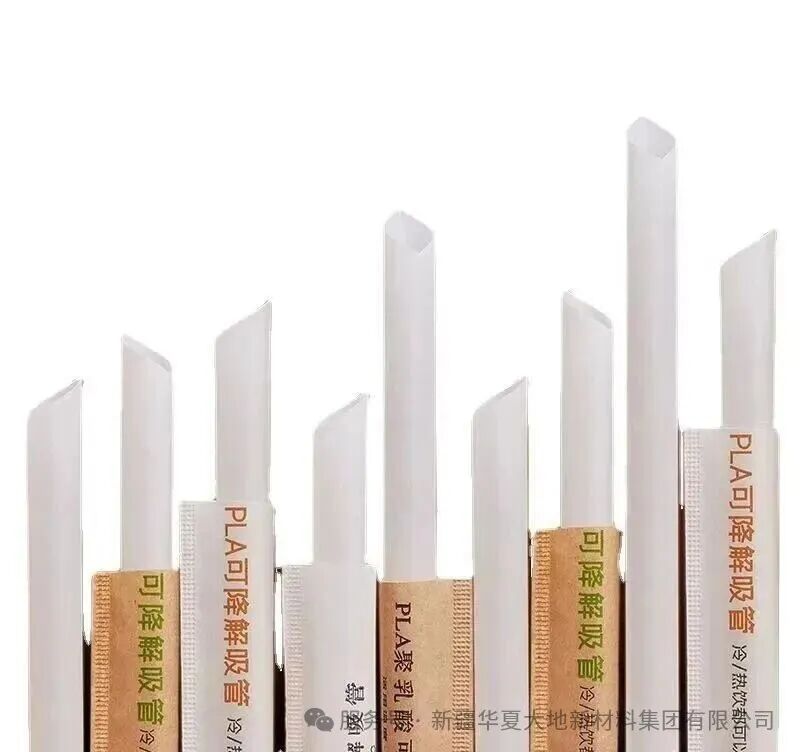
02 What exactly is the story behind the biodegradable straws?
At present, the mainstream degradable straws on the market mainly include the following types:
PLA straw: The abbreviation for Poly-Lactic Acid straw. It is mainly made from starch derived from plants such as corn and cassava. Its appearance and feel are closest to traditional plastic straws, and it has good heat resistance (usually can withstand -10℃ to 70℃). Under industrial composting conditions, the degradation rate can reach over 90% in approximately 180 days.
Coffee渣吸管: The "渣渣管" pioneered by Starbucks is made by combining coffee grounds with PLA materials. Official data shows that it can be fully decomposed within 4 months, and the material is more durable. It doesn't soften easily even after being soaked for a long time, and it also has a faint coffee aroma.
PHA straws: Polyhydroxyalkanoates straws, made from a polyester material synthesized by microorganisms. They have outstanding heat resistance (some products can withstand temperatures above 100℃), and can also degrade in natural environments such as soil and seawater. However, they are relatively expensive.
These degradable straws are not only environmentally friendly but also have high safety performance. They do not contain harmful substances such as bisphenol A (BPA) and can be directly in contact with food.
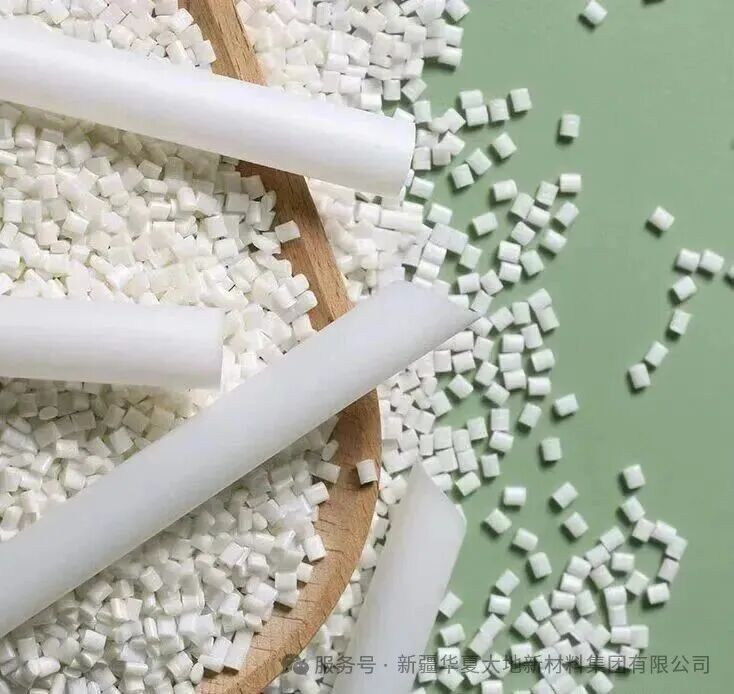
03 In which situations are biodegradable straws most suitable for use?
Degradable straws have quietly entered every aspect of our lives:
New-style tea beverages and coffee shops: Brands such as Starbucks, Nai Xu Tea, and Chayan Yueshuo have already fully adopted biodegradable straws, becoming an important part of the brand's environmental image.
Large-scale events and conferences: During major events such as company anniversaries, music festivals, and sports competitions, the use of biodegradable straws facilitates the sorting and disposal of garbage after the event, reducing the environmental burden.
In the fields of cultural innovation and art: Degradable straws come in a variety of colors and can be customized with logos and patterns. They are both practical items and display pieces showcasing the concept of environmental protection. They are commonly seen in art exhibitions and cultural innovation markets.
Daily household use: Especially for families with children, the degradable straws are safe and non-toxic, and are highly favored by parents. Some people have also creatively used them for purposes such as pet toys and garden supports.
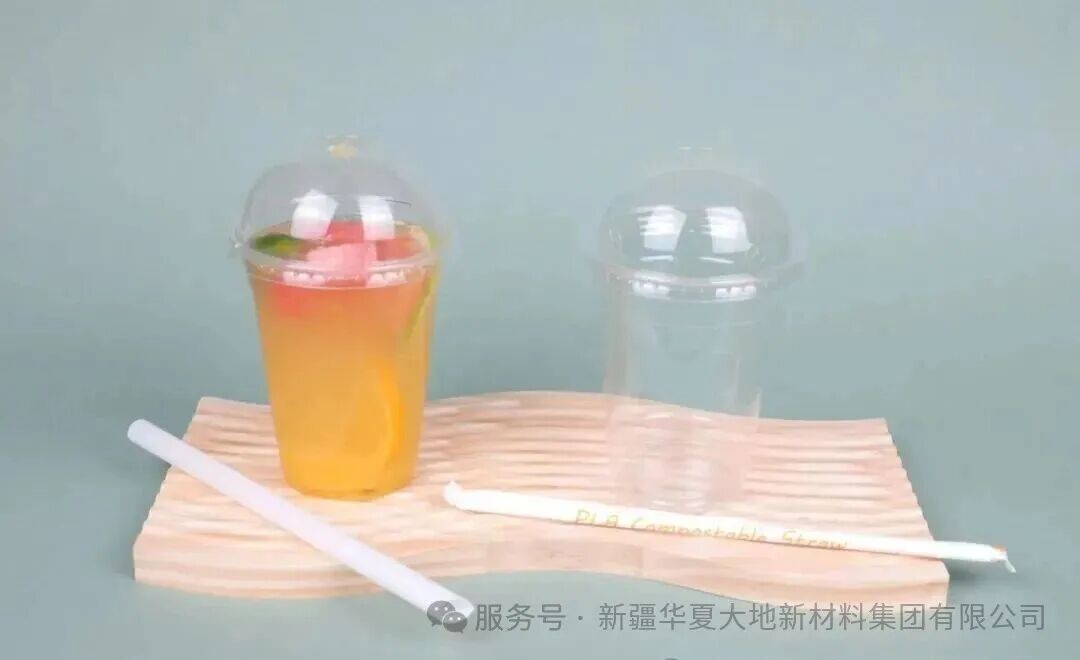
04 A Tiny Straw, A Big Opportunity
Degradable straws are not merely environmentally friendly products; they also represent a rapidly growing emerging market.
With the implementation of "plastic restriction orders" worldwide, the demand for degradable straws has soared. According to data, the market size of degradable plastics in China is expected to reach hundreds of billions of yuan by 2025, with a compound annual growth rate of over 10%.
Many traditional plastic straw manufacturers have already undergone transformation and have started to invest in the research and production of degradable straws. Some innovative enterprises have further enhanced the performance and reduced the cost of degradable straws through innovations in material formulations and production processes.
For businesses, although the unit price of degradable straws is higher than that of traditional plastic straws, using degradable straws can enhance the brand image, attract consumers with strong environmental awareness, and indirectly lead to an increase in brand value.
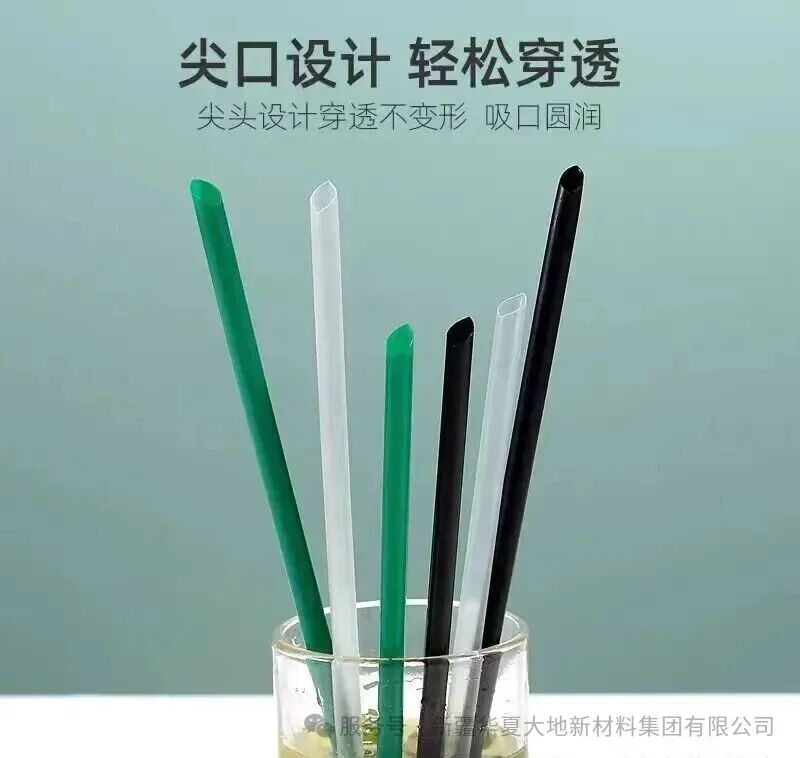
05 Use biodegradable straws. Here are the key points to remember.
Although the biodegradable straws have many advantages, there are also some precautions to be taken during their use:
Pay attention to the temperature resistance label of the product: The degradation straws made of different materials have different temperature resistance capabilities. When using them, be sure to pay attention to the temperature indication on the packaging to avoid putting them in beverages that are too hot.
Understand the degradation conditions: Most fully biodegradable straws need to be subjected to industrial composting conditions to degrade rapidly. The degradation speed in household composting is much slower. It is best to dispose of them according to the local waste classification guidelines.
Pay attention to the expiration date: Degradable straws also have an "expiration date". Generally, they should be stored in a cool and dry place to prevent moisture or high temperatures from accelerating the aging of their materials.
Select certified products: When purchasing, choose products that have food contact safety certifications and relevant degradation certifications (such as EU EN13432 and US ASTM D6400 standards) to ensure safety and environmental friendliness.

Conclusion
From a simple straw, we can observe the changes in consumption concepts and industrial development. Biodegradable straws are no longer merely a tool for drinking beverages; they have also become an expression of a lifestyle and environmental responsibility.
The next time you hold a drink with a biodegradable straw in your hand, you might be able to sense the significant meaning behind this small change – every consumption choice is casting a vote for the future we desire.


